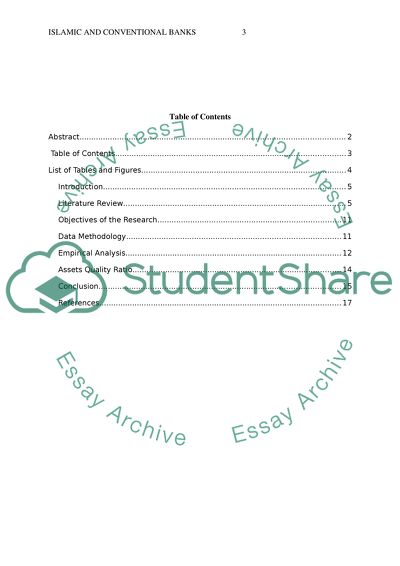Cite this document
(“The difference between Islamic and conventional Banks Research Paper”, n.d.)
Retrieved from https://studentshare.org/finance-accounting/1668633-the-difference-between-islamic-and-conventional-banks
Retrieved from https://studentshare.org/finance-accounting/1668633-the-difference-between-islamic-and-conventional-banks
(The Difference Between Islamic and Conventional Banks Research Paper)
https://studentshare.org/finance-accounting/1668633-the-difference-between-islamic-and-conventional-banks.
https://studentshare.org/finance-accounting/1668633-the-difference-between-islamic-and-conventional-banks.
“The Difference Between Islamic and Conventional Banks Research Paper”, n.d. https://studentshare.org/finance-accounting/1668633-the-difference-between-islamic-and-conventional-banks.


